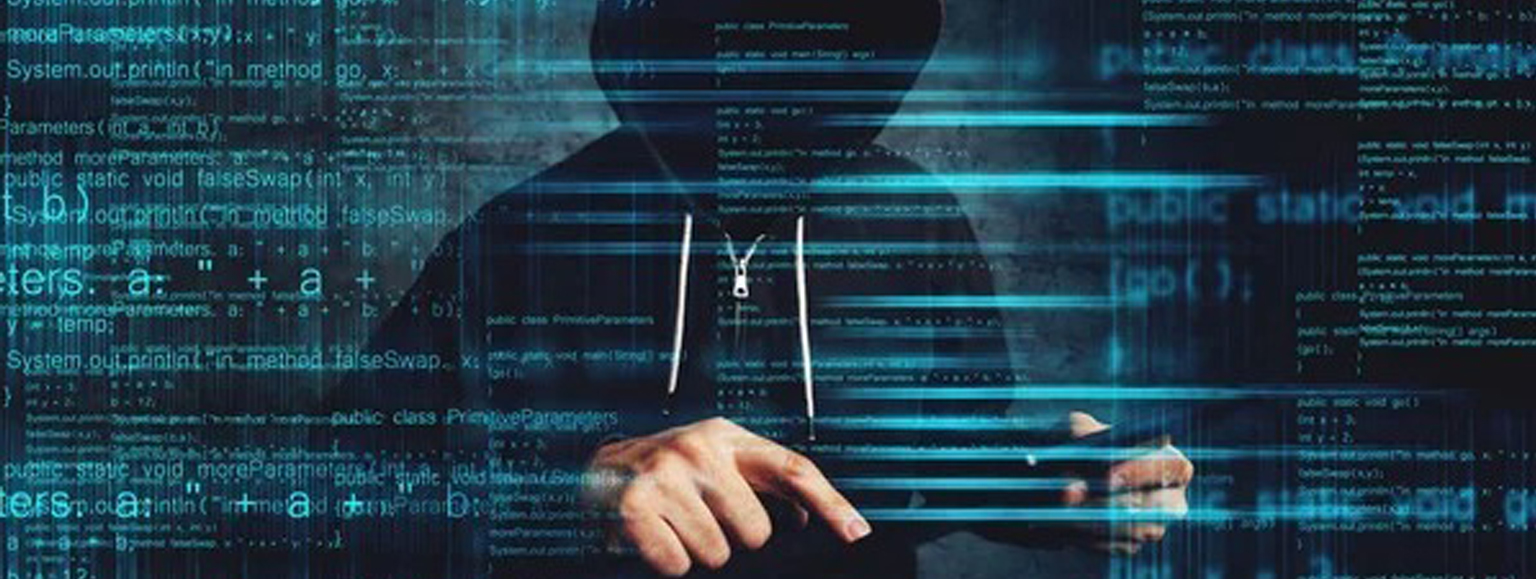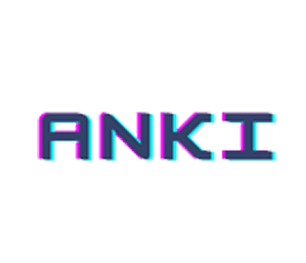Myth-Making in Darknet Communities

On the darknet, there are no verified identities. No blue checkmarks. No bios. No selfies. Yet out of this absence, characters emerge—some feared, others idolized. They leave behind rumors, quotes, cryptic logs, and reputation trails. Over time, these fragments evolve into myth.
Darknet communities are full of these digital ghosts. They exist in usernames etched into old forum threads, vendor accounts that refused to die, and admins who vanished without explanation. They are not just people—they are myths shaped by collective memory and reinforced by repetition.
And in places like Dread, myth isn’t accidental. It’s culture.
Why Anonymous Networks Still Need Heroes
Roles of Myth in Darknet Culture
- Trust: Legends become shorthand for credibility. A vendor “as reliable as ParisReview” means something—even if no one knows who that is.
- Warning: Scammers and traitors become cautionary tales. Their names are remembered long after their accounts disappear.
- Identity Formation: Myths give the community a shared language, an internal lore.
- Motivation: Newcomers aspire to mimic mythic behaviors—ethical hacking, radical transparency, perfect OPSEC.
The Dread Platform: A Breeding Ground for Legends
Examples of Mythic Dread Figures
- ParisReview: A vendor who became known for long, philosophical posts, elegant OPSEC practices, and calm responses even in crisis. Vanished in late 2020. Some say they were a collective, others believe they transitioned to an encrypted chat market.
- Hugbunter: The site’s admin, revered and feared. Known for restoring Dread after devastating DDoS attacks and being one of the most consistently active operators in darknet history. His continued presence feeds both confidence and mythology.
- SAFECouncil: An anonymized moderation group presented as a “governing body.” Their decision-making became a source of endless speculation. Were they real? Were they one person?
Myth as a Form of Memory in Disposable Cultures
Recurrent Myth-Making Techniques
- Quoting: Key phrases or “last words” are reused in signatures and usernames.
- Mimicry: Imitator accounts mimic the tone or behavior of the legend.
- Iconography: ASCII art, sigils, or avatars used to represent the myth across forums.
- Backfilling: Over time, legends are assigned motivations or histories never proven—retroactive canon-building.
When Myth Becomes Misinformation
Not all legends are earned. Some are fabricated for manipulation. Impostors reuse usernames. Scammers craft false origin stories. In a world without identity verification, myth can be weaponized.
The line between mythology and misinformation is thin. Some figures are invented to create trust, bait attention, or destabilize competitors.
Dangers of Weaponized Myth
- Impersonation Scams: False legends built to mimic old trusted users.
- Fabricated Histories: Sockpuppet accounts validating each other’s made-up origin stories.
- False Flags: Fake myth-building used to launch rivalries or ideological campaigns.
The Role of Lore in Modern Darknet Communities
As newer forums rise and older ones die, users bring myths with them. Names are recycled. Stories retold. Archived posts linked like ancient scrolls. The darknet’s oral history becomes semi-permanent—etched not in stone, but in JSON and
fragments of thread ID numbers.
Myth gives underground networks what they aren’t supposed to have: legacy. Continuity. Memory.
In a place designed to be forgotten, the stories that endure matter most.

